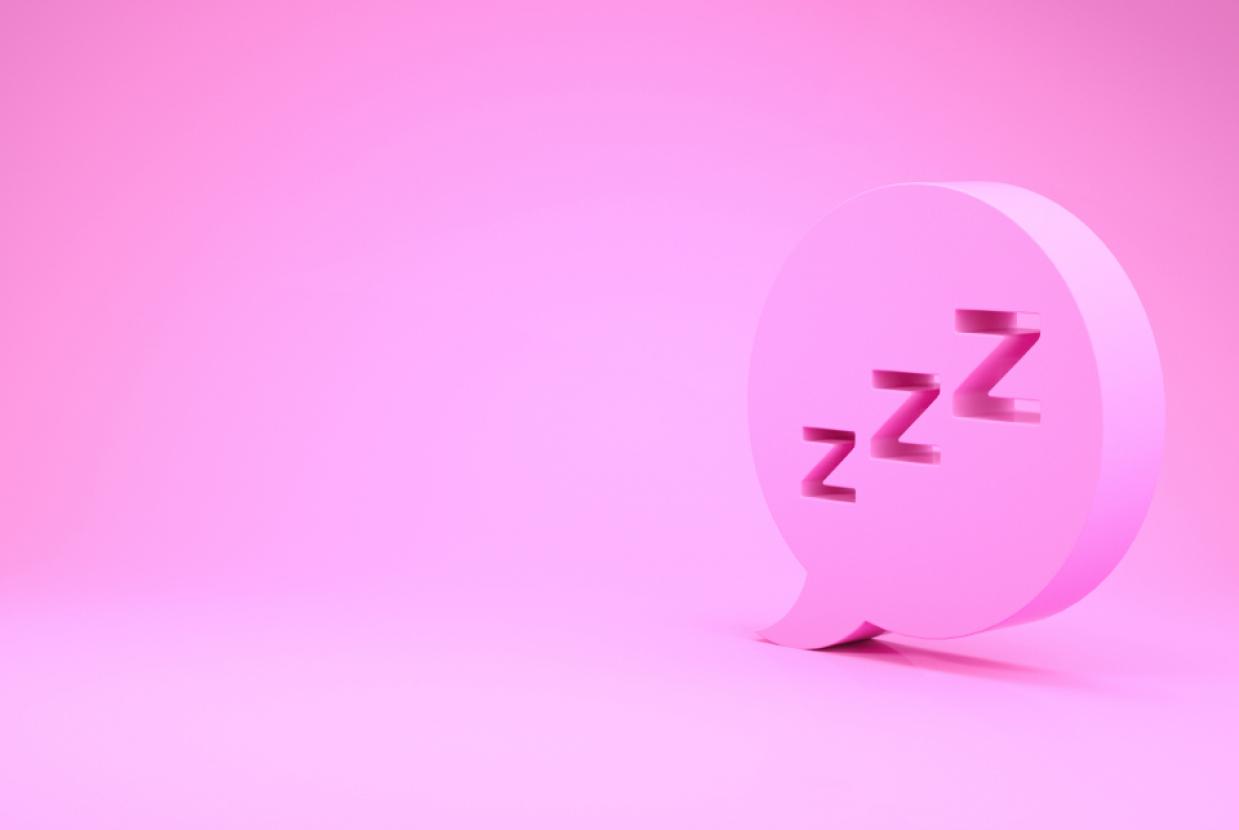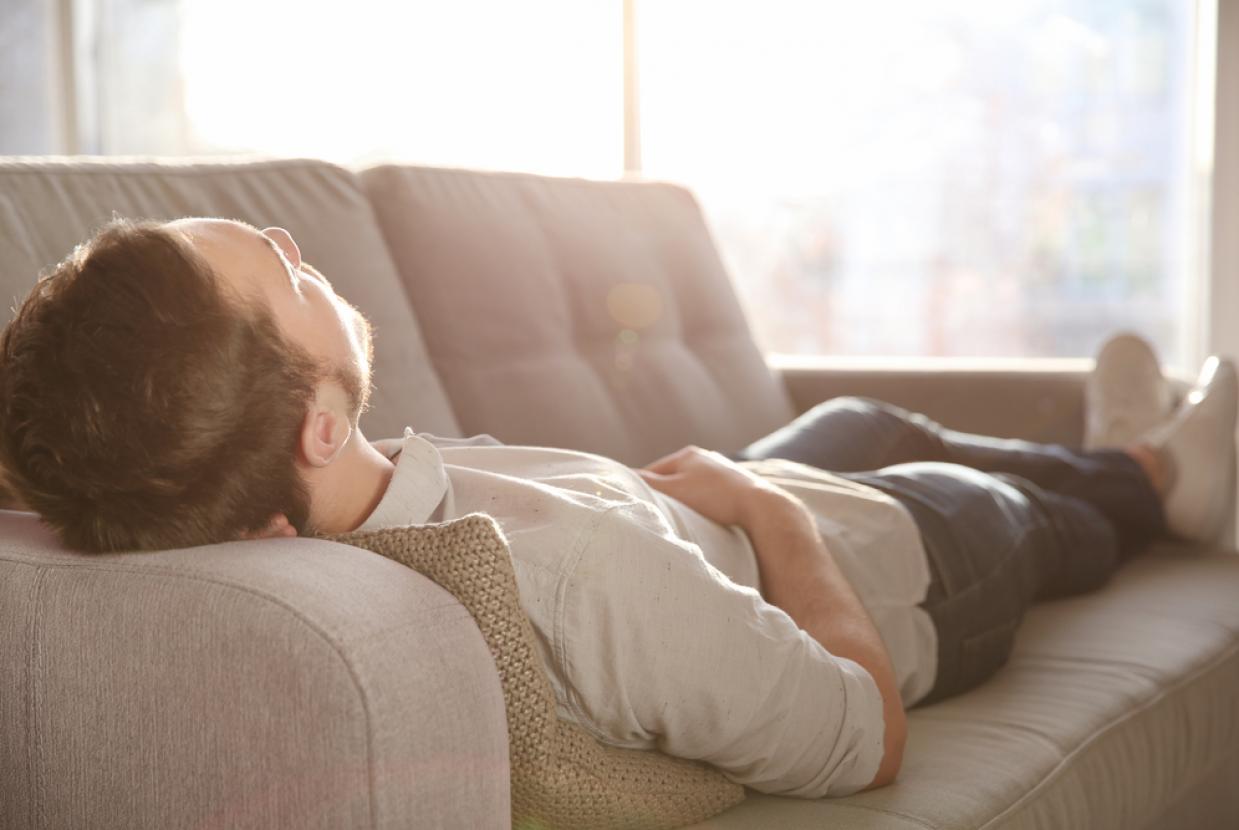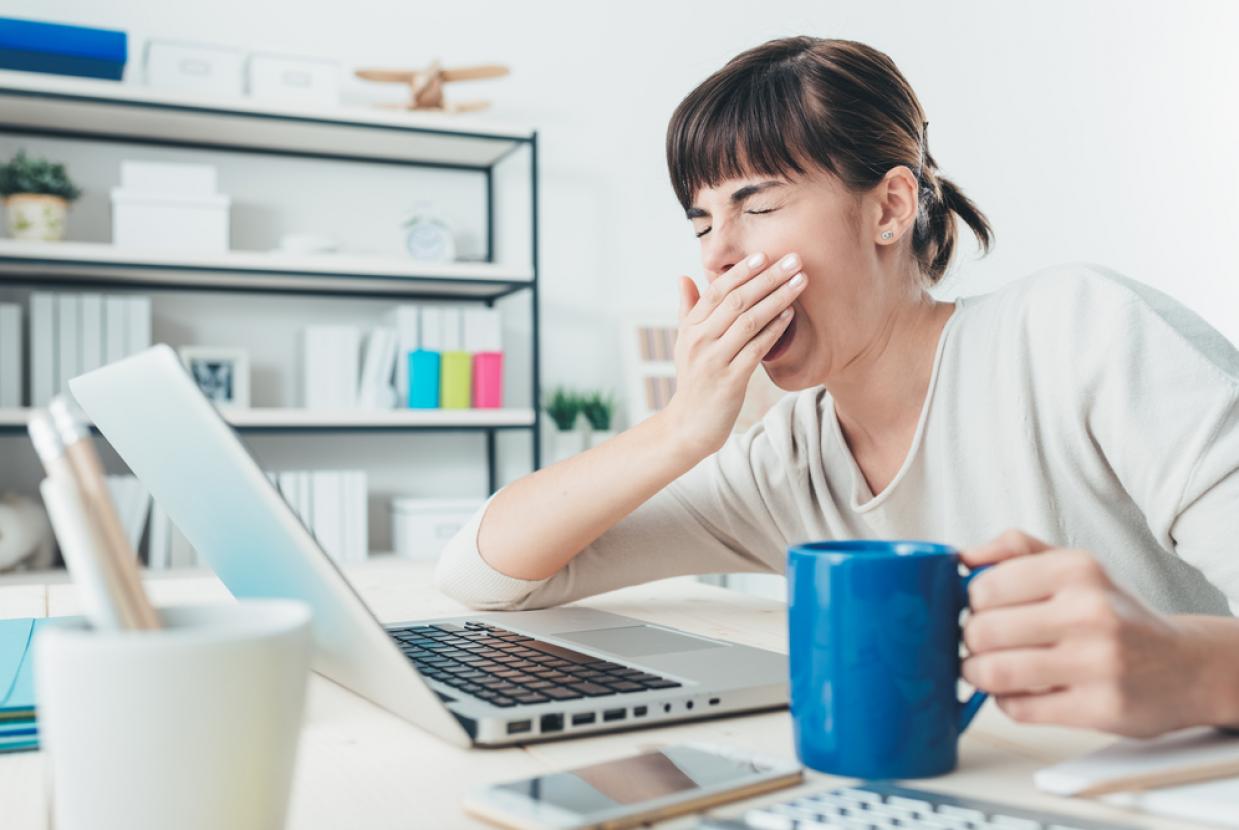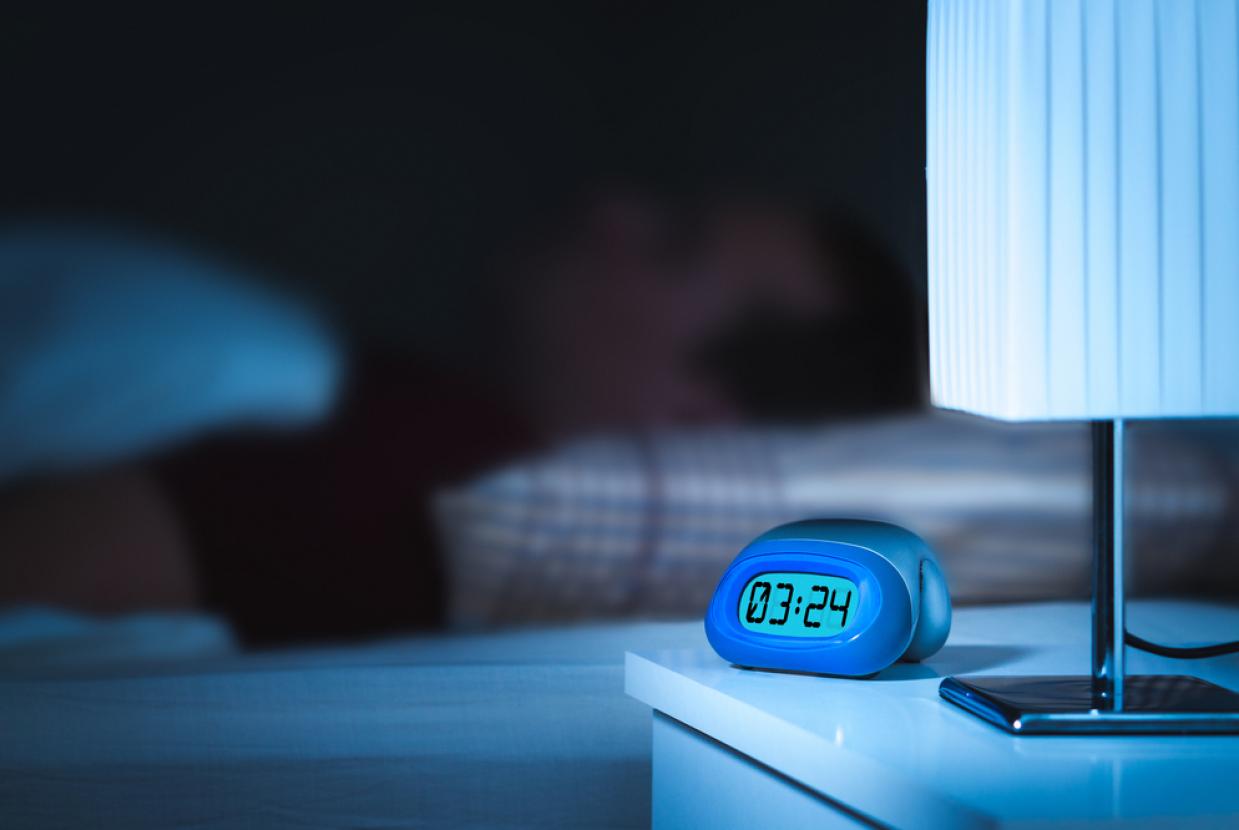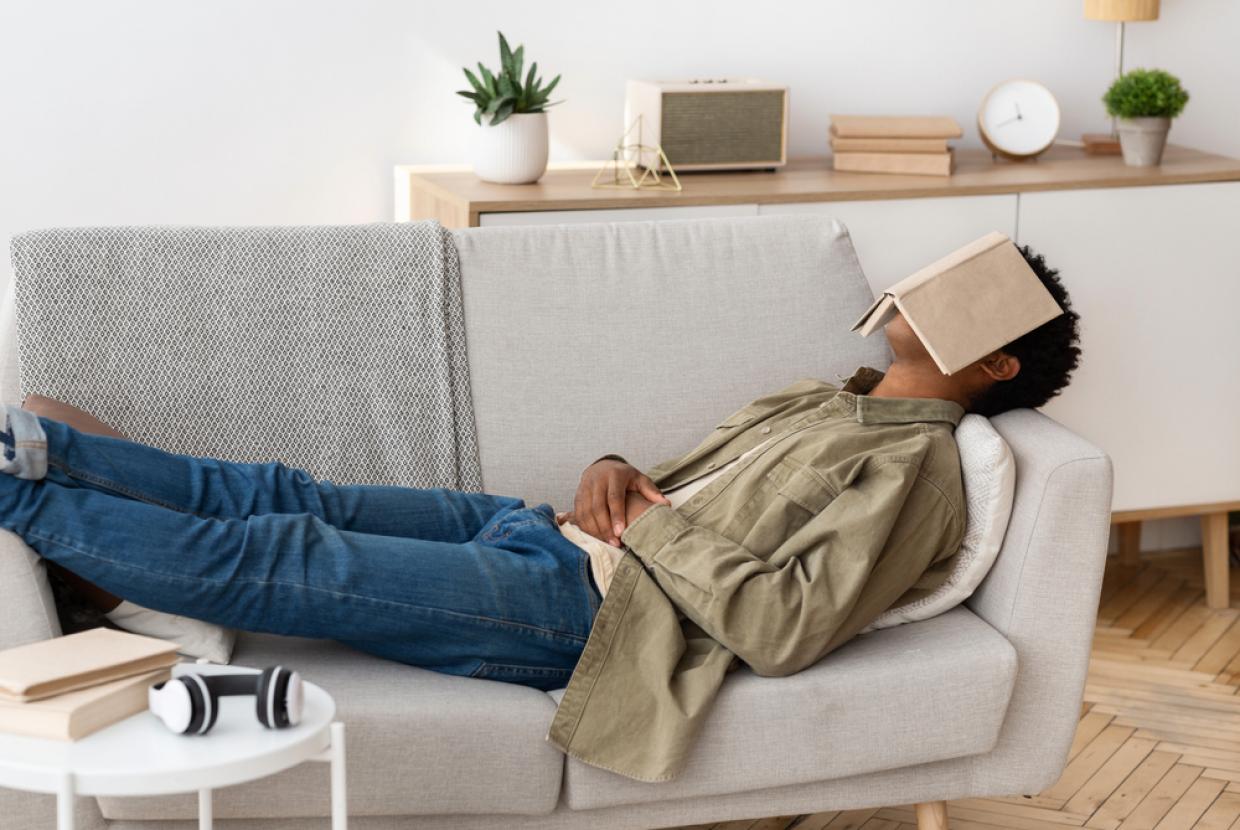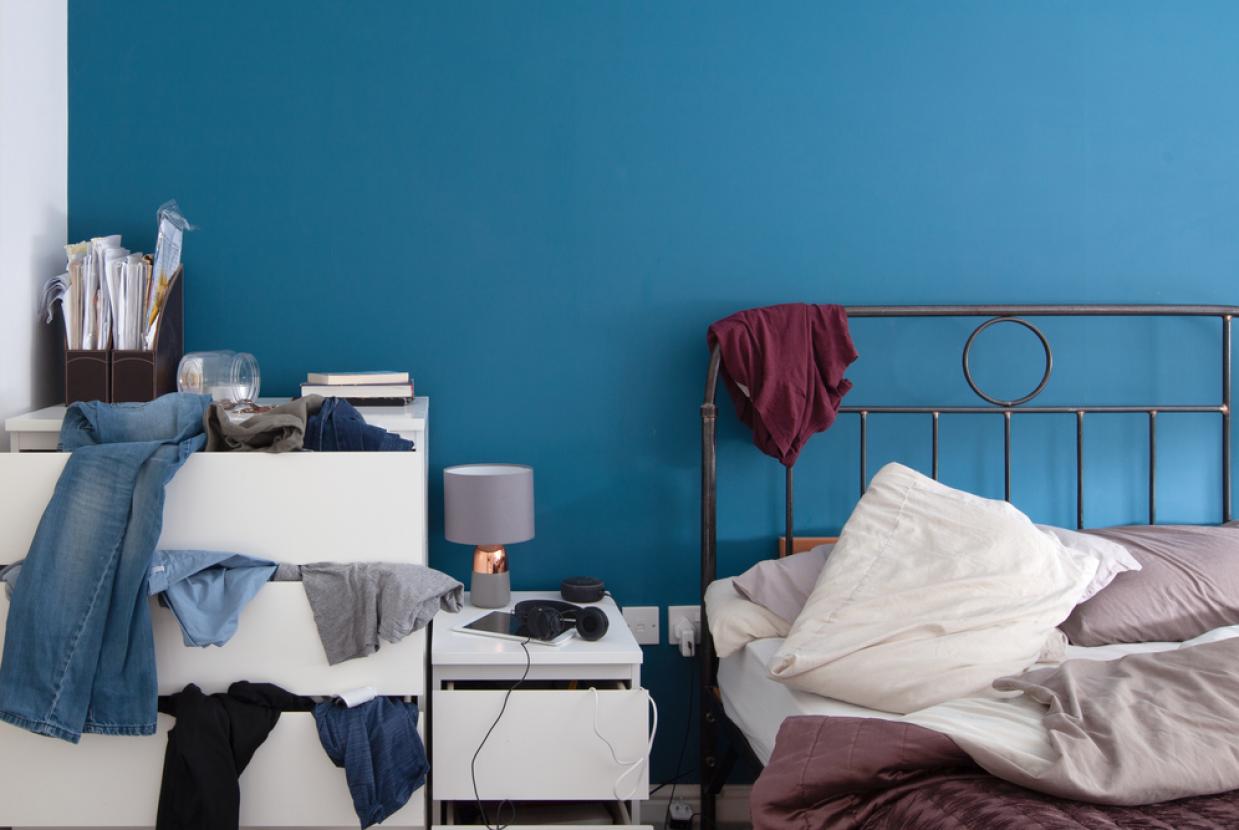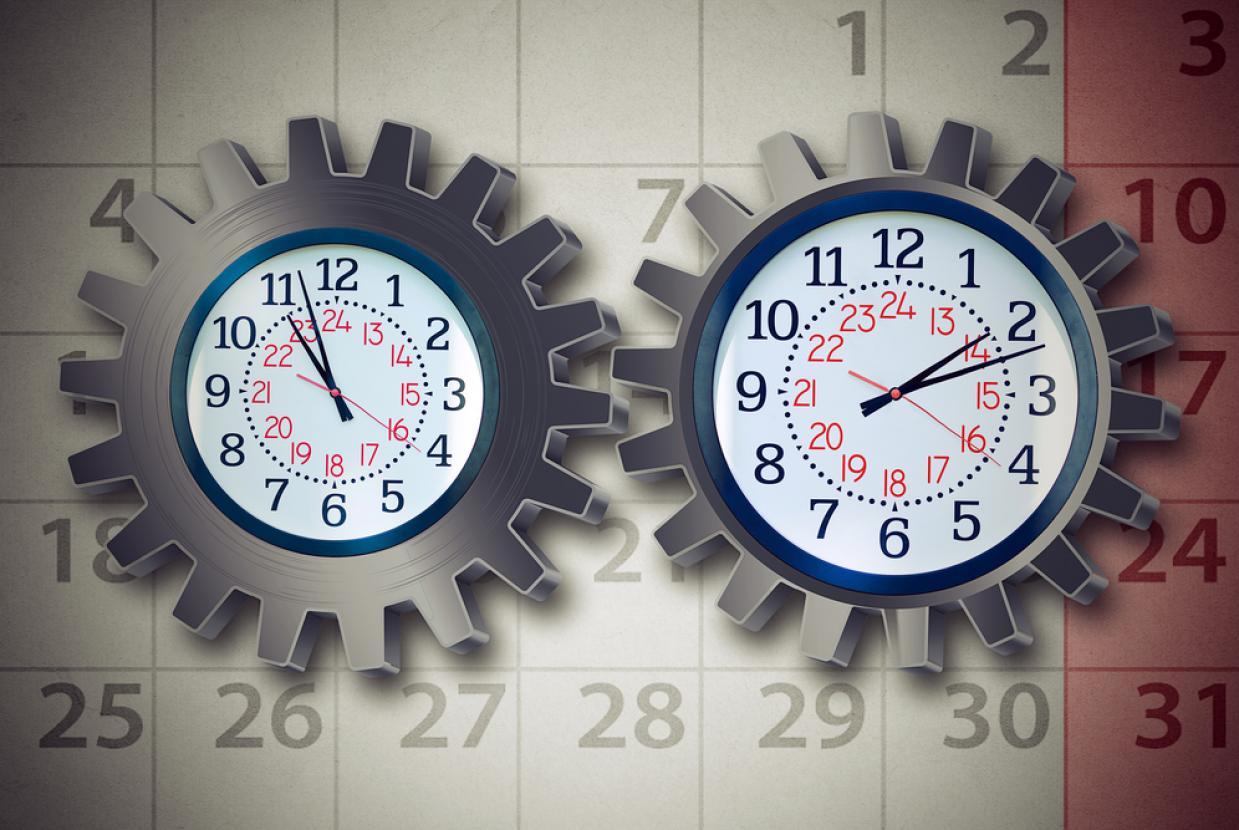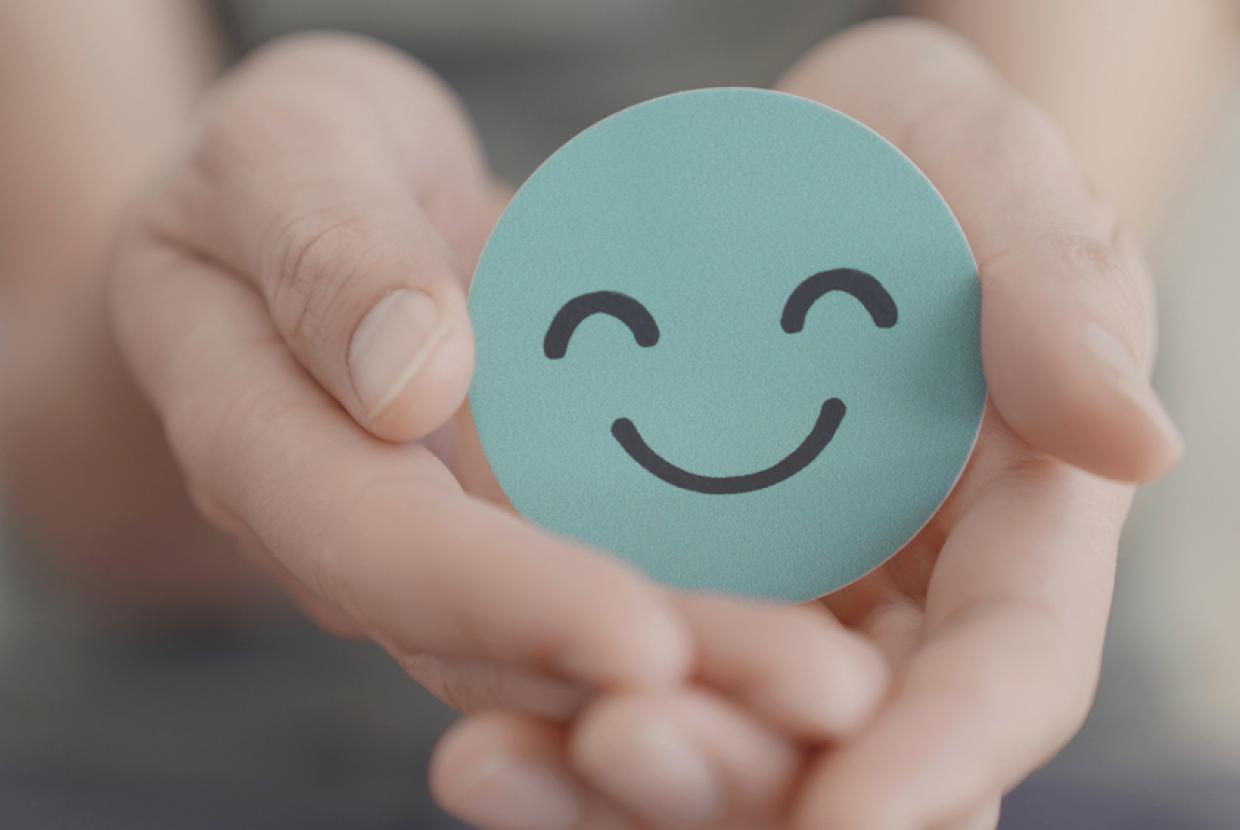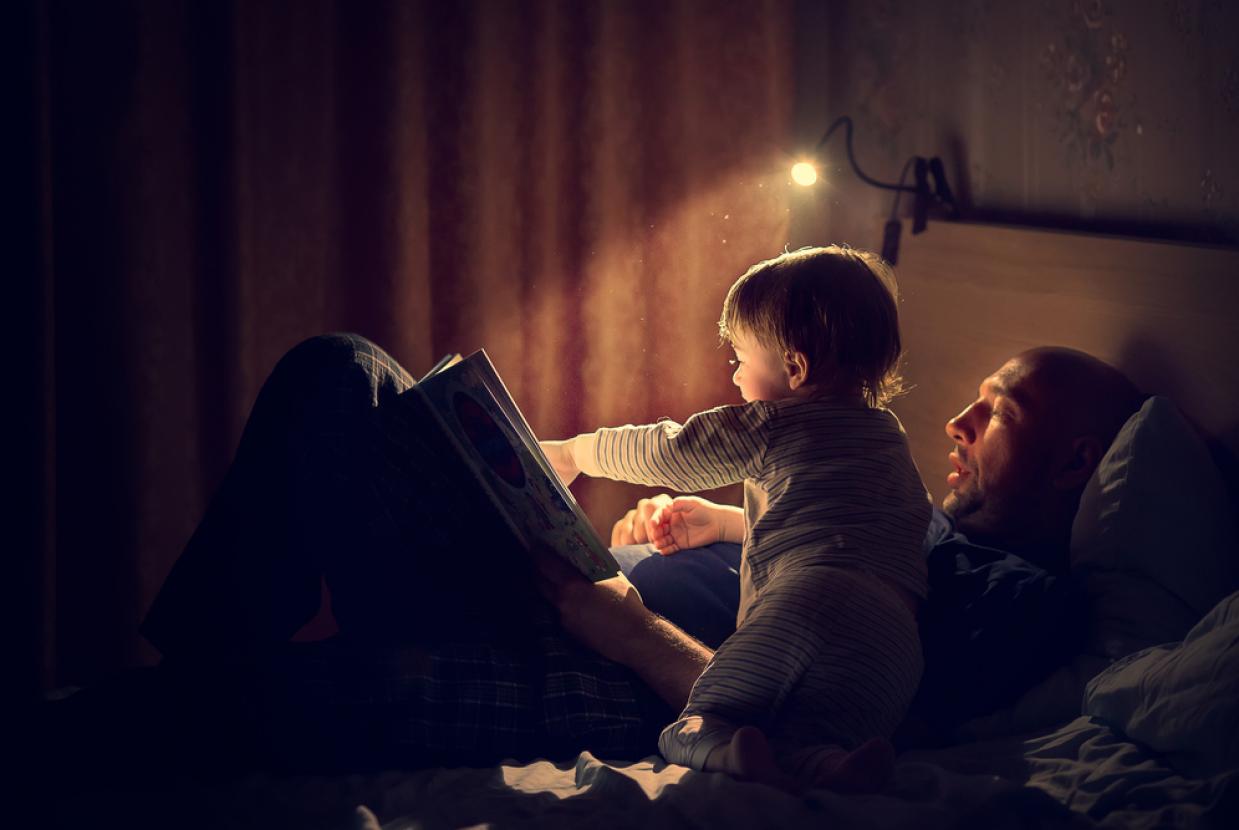Relaxation & Other Therapies
The Sleep CouncilMany of us lead stressful lives. Demanding jobs, long hours and active families all contribute to a hectic lifestyle, and that’s not helped by the intense media that surrounds us. These elements make it very difficult to wind down, but fortunately there are a few relaxation techniques that can help promote a deep, restful sleep.
Relax Your Body
This method is best done in bed, though it can also be can be practiced throughout the day if you’re in the right environment. By relaxing separate groups of muscles, you become more aware of your body and able to wind down mindfully.
1) Tense a muscle, for example your bicep, by contracting for 7-10 seconds. Flex it gently – do not strain.
2) At the same time, visualise the muscle being tensed, consciously feeling the build up of tension.
3) Release the muscle abruptly and then relax, allowing the body to go limp. Take a few moments before moving on to the next muscle.
Remember to keep the rest of your body relaxed whilst working on a particular muscle.
Cognitive Behavioural Therapy
CBT is commonly prescribed for depression, but clinical trials have shown it is the most effective long-term solution for insomniacs. CBT helps you identify the negative attitudes and beliefs that hinder your sleep, then replaces them with positive thoughts, effectively ‘unlearning’ the negative beliefs.
A typical exercise is to set aside 30 minutes per day, in which you do your days’ worth of worrying. During this worry period you keep a diary of your worries and anxious thoughts, writing them down in order to reduce the weight in your mind. Once this task is complete, you are banned from worrying at any other point in the day.
Before you go to sleep, you can also write down the worries that you think may keep you awake. Once you are in bed with your eyes closed, you should imagine those thoughts floating away, leaving your mind free, peaceful, and ready to sleep.
Stimulus control – the 20 minute rule
We should all go to bed when we’re tired, but if you’re not asleep after twenty minutes, it’s recommended that you get up and find another activity to do. This should be quiet and peaceful, and not involve your phone or other digital displays. Listening to music, reading or doing yoga are all recommended as great 20 Minute Rule activities.
When you feel sleepy again, you should return to bed. The idea of this is method is to build a strong association between bed and sleeping, and eventually you’ll be able to fall asleep quickly.
Sleep restriction
This technique involves only spending the amount of time in bed that equates to the average number of hours that you sleep. For example, you might only get five hours of sleep per night, even though you spend seven hours in bed. By using the Sleep Restriction method, you limit yourself to only five hours in bed per night.
This technique might make you more tired at first, but it can help you fall asleep faster and wake up fewer times. However, it’s not suitable if you’re only getting a couple of hours sleep per night and should be supervised by a qualified CBT Sleep Practitioner.




